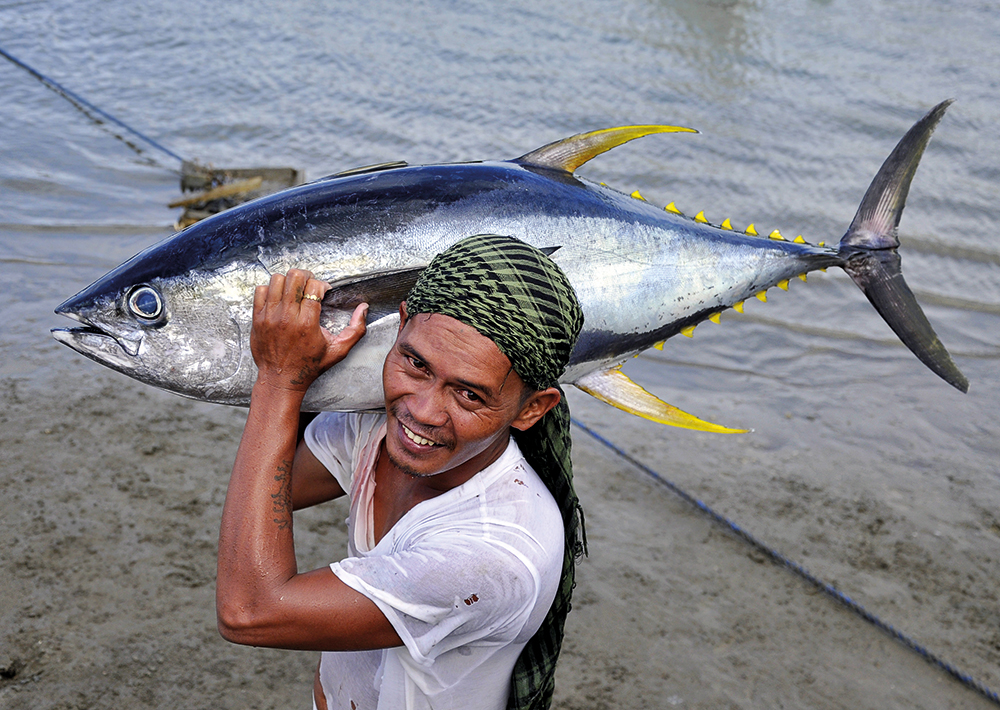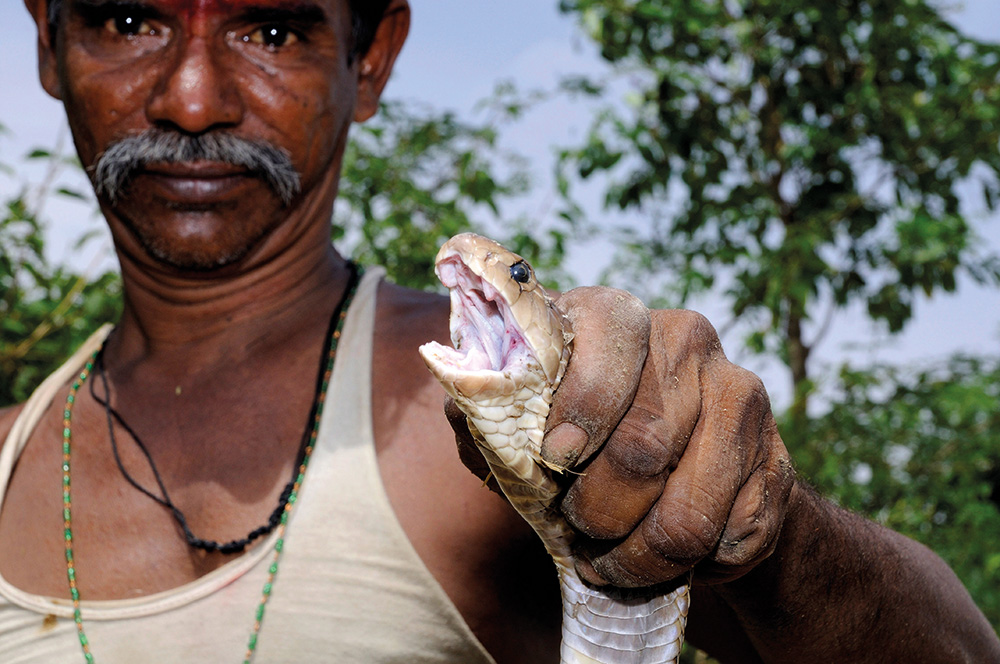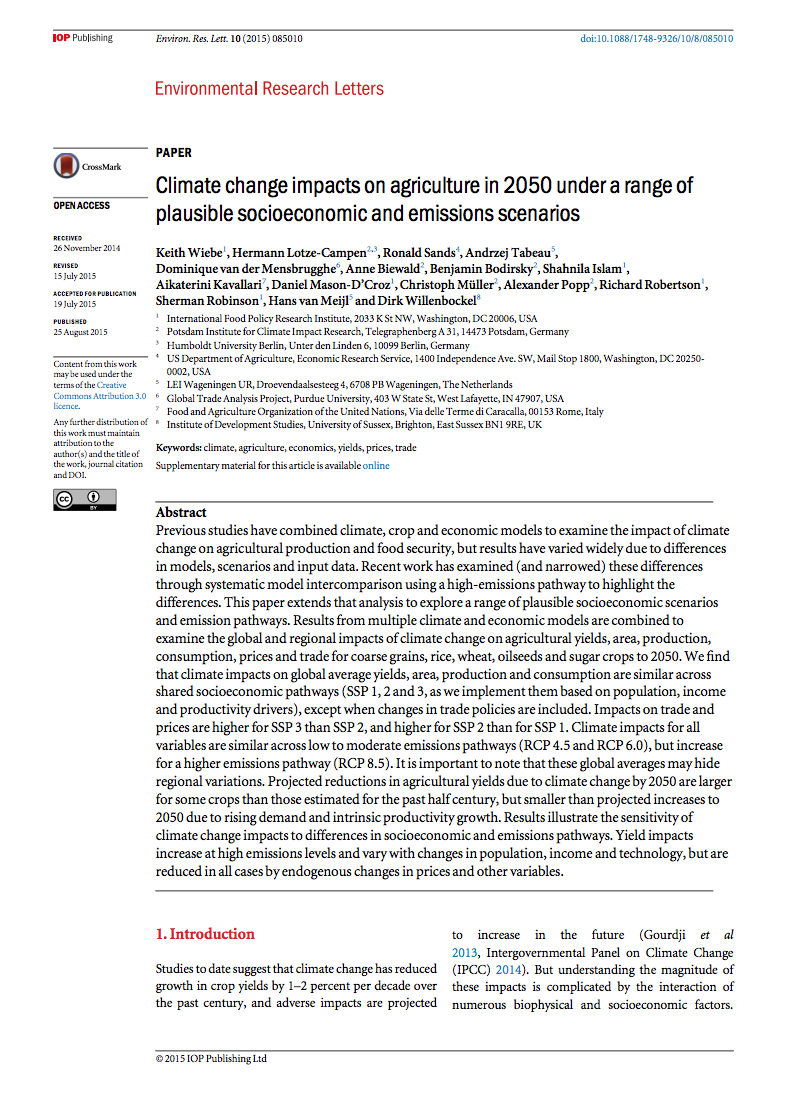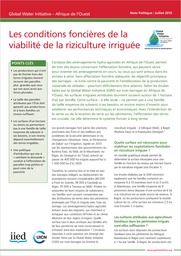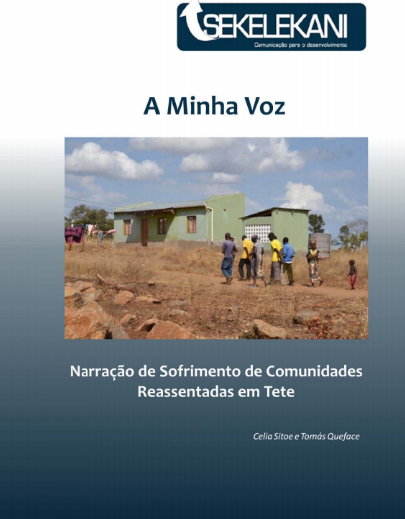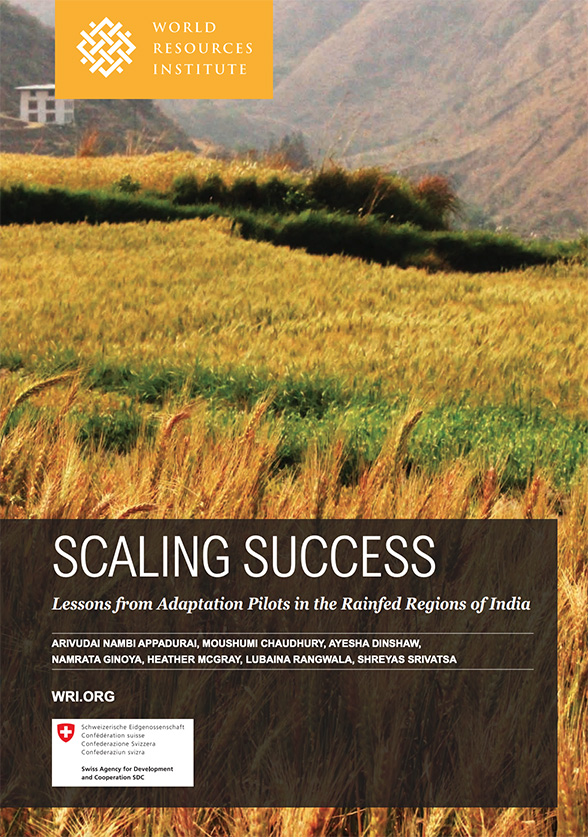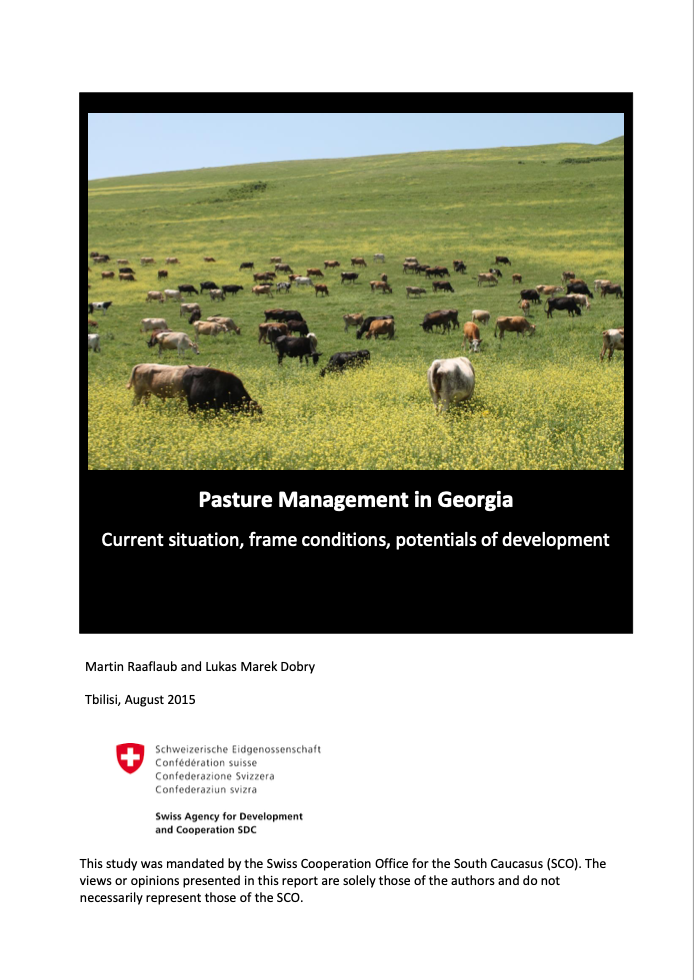Slavery and other property rights
The institution of slavery is found mostly at intermediate stages of agricultural development, and less often among hunter-gatherers and advanced agrarian societies. We explain this pattern in a growth model with land and labor as inputs in production, and an endogenously determined property rights institution. The economy endogenously transits from an egalitarian state with equal property rights, to a despotic slave society where the elite own both people and land; thereafter it endogenously transits into a free labor society, where the elite own the land, but people are free.


